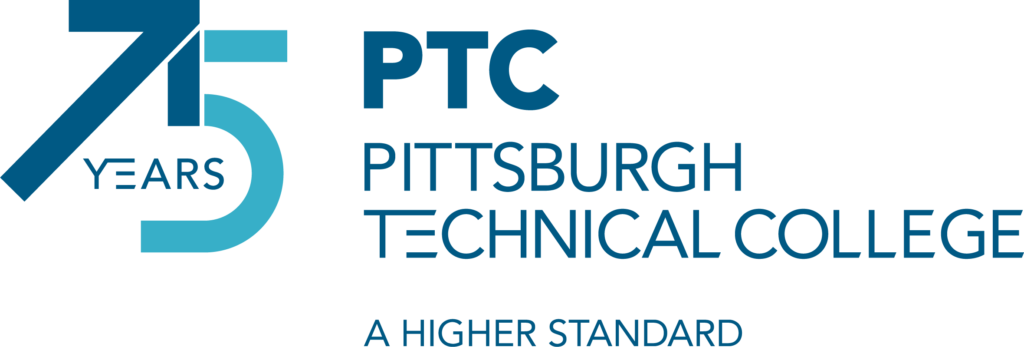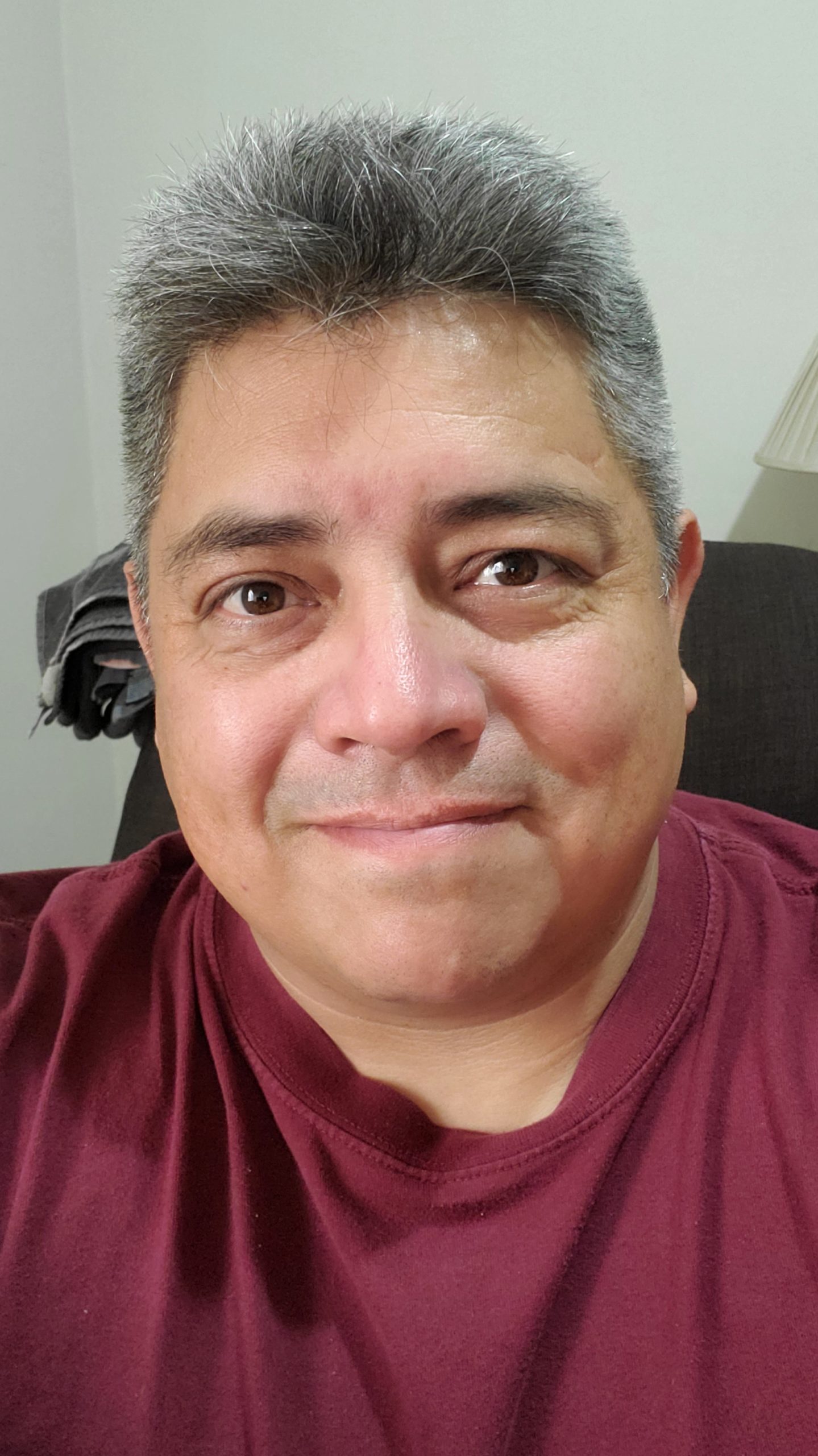A Look Back on 75 Years: My PTC Experience

As PTC celebrates its 75th anniversary, we take an inside look at the past, present and future of the college through the lens of current students, faculty, board members and more.
In the fourth installment of this six-part series, we spoke with Pedro Quiroga, co-founder of EAFab Corporation and a member of PTC’s Mechanical Engineering Technology (MET) advisory board, about PTC’s evolution over the last 75 years, the importance of corporate partnerships to shape curriculum and where he envisions the college going from here.

Pedro Quiroga
Pedro and his wife founded EAFab Corporation from the basement of their home in 2006. A leader in engineering and fabrication, EAFab has grown to now employ 25 professionals at its Pittsburgh headquarters, as well as over 300 at its location in Mexico. Pedro has been a member of PTC’s MET board since 2008.
What led to you joining PTC’s MET advisory board?
Pedro Quiroga: Quite simply, I needed to start building a strong group of engineers. The salary expectations from some university graduates were out of reach from what we could offer at that time, so we decided to look toward trade schools. At that time, PTC (then PTI) did not have a welding program, but I still wanted to come to campus looking to involve myself with the organizations and I wanted to be in the position to be first in line to offer some of their graduates, while giving EAFab a better opportunity to measure the current caliber of students in the field.
I soon realized that the trades technology at PTC is not only very strong, but more focused than some other programs I’d seen. It really reminded me of the focused education I had growing up in Mexico.
What’s your experience been like on the advisory board and how have you worked to impact the curriculum?
Pedro Quiroga: My experience has been great. PTC was immediately interested in my opinion as to what I thought the curriculum may be missing, and right away I brought what I call ‘my letter to Santa Claus,’ or the things that I thought they could improve on.
I have the utmost respect for PTC’s academic programs, but the more PTC can raise those academic demands, the better their students will come out. Specifically, I told PTC that I thought it should incorporate more math into the curriculum.
Everything has to do with algebra and trigonometry, so the more a program can boost it, the better. But I also don’t think that the use of calculus is as important in the real world. Basically, a2+b2=c2 is used for everything in this profession, but it’s staggering how many graduates I see from schools that don’t know how to use it in real world applications. If I have a piece that is eight foot wide, and I have a truck that is six foot wide, and I need to make sure that is within the limits of the truck, what angle do I have to put it on? And I don’t have time for you to pull out your calculator.
With this in mind, I created a draftsman test with 16 questions, and the average score is seven. One of the most important questions is I give them two rulers and a pencil with a blank space, and ask them to draw a perfect 3×3 square. They typically aren’t able to do it, and that’s a problem, particularly when trying to go into something technical like CAD or engineering, because they just rely on the computer to do it for them.
I also believe it’s very important for outgoing students to be able to communicate effectively. It’s staggering how many people I’ve seen freeze in front of a customer, so I think programs should include professional communication, and PTC has now implemented mock interviews for its students.
Have you experienced PTC students coming into the workforce more prepared than some other graduates?
Pedro Quiroga: I believe PTC is the strongest program we have around this area, and one of the biggest pluses is that PTC graduates come out of school ready for the real world thanks to a hands-on education.
I’ve seen some amazing individuals come through PTC’s program and I have hired about eight or nine over the years, as well as countless interns. In fact, my head of engineering is an alum of PTC’s CAD program. He has an associates degree from PTC and is better than half of the engineers I have with four-year degrees. He’s well recognized in the industry and individuals with doctorates now call him with questions.
